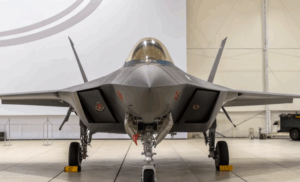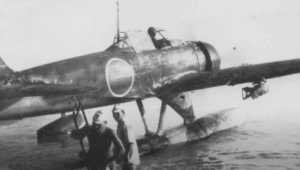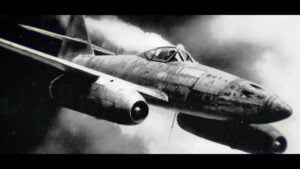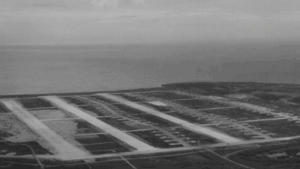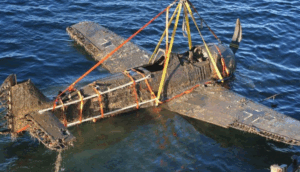The Story of the “Kee Bird” B-29 Bomber Found in the Artic Perfectly Preserved

Almanaque Militar / Facebook
The tale of the B-29 Kee Bird is both fascinating and heartbreaking. This World War II aircraft was found in near-perfect condition decades after its crash. The story covers its final mission, discovery, restoration efforts, and ultimately, its unfortunate end. The details provide insight into the challenges aviators faced and the lengths to which enthusiasts go to preserve aviation history.
The B-29
The B-29 Superfortress was developed during World War II as a high-altitude, long-range bomber. It represented significant advancements in technology at the time. The aircraft enabled direct strikes across great distances, offering a strategic advantage. However, the complexity of its design also led to frequent mechanical issues, particularly engine fires. Despite these challenges, the B-29 played a crucial role in the Pacific theater, aiding in the swift conclusion of the war.

Final Flight of the ‘Kee Bird’
On February 20, 1947, the ‘Kee Bird’ took off from Ladd Field in Fairbanks, Alaska, for a secret Cold War reconnaissance mission. Commanded by Lt. Vern H. Arnett, the crew aimed to survey the polar regions and monitor Soviet activities. The ‘Kee Bird,’ originally built in 1945, was later modified into an F-13 reconnaissance aircraft, equipped with extended-range fuel tanks and cameras. It could fly for 26 hours and carried enough supplies for two weeks.
As the plane flew over the Arctic, it encountered a severe storm that disoriented the crew. Lost and low on fuel, Lt. Arnett decided to land on an ice-covered lake in northern Greenland. The landing was executed well, keeping the plane and its crew intact. They used the aircraft’s radio to assist search teams and had to destroy sensitive equipment to prevent it from falling into the wrong hands. The crew was eventually rescued on February 24 by a C-54 transport aircraft, which landed with the help of jet-assisted take-off systems. The ‘Kee Bird’ remained in the frozen Arctic, registered as lost by the Air Force.

Rediscovery and Restoration Attempts
In 1985, a British pilot spotted the ‘Kee Bird,’ noting its excellent condition, preserved by the elements. Wreck-recovery expert Gary Larkins visited the site in the early 1990s and found the plane remarkably well-preserved. Although the engines’ propellers were damaged, much of the aircraft was intact. The number one engine was even test-run successfully. Larkins sold the site rights to Darryl Greenamyer, a former test pilot and air racer, who envisioned restoring the plane to fly it out of Greenland.
Greenamyer planned to fly the ‘Kee Bird’ to the Thule Air Force Base in southern Greenland for further repairs, before transporting it to the US. In 1994, he assembled a team of aviation experts for this challenging project. Despite the harsh Arctic conditions and remote location, the team replaced the old engines, propellers, and tires. They completed significant repairs using basic tools, intending to take the plane airborne by summer.
However, their chief engineer, Rick Kriege, fell seriously ill during the project. Despite this, he continued to support the team. As winter approached, they had to halt the project and return the following summer. Tragically, Rick passed away due to a blood clot soon after.

Tragedy of the Kee Bird
In 1995, Greenamyer’s team returned to finish the task. They cleared snow and ice, prepared the runway, and checked the plane. Despite the less-than-ideal runway conditions, Greenamyer and his team managed to move the ‘Kee Bird’ under its own power. But just as they prepared for take-off, smoke was spotted near the tail section, signaling a fire.
The crew attempted to extinguish the flames but had to abandon the aircraft as the fire spread rapidly. They could only watch as the ‘Kee Bird’ burned, leaving just the wings and tail. It was a devastating end to their ambitious restoration effort.
Cause and Aftermath
It is generally believed that the fire started due to an issue with the auxiliary power unit (APU). This unit provided power for engine start-up but was supposed to be switched off once the engines were running. The APU’s fuel supply was stored in a makeshift tank, which likely leaked during the plane’s taxi, igniting a fire that destroyed the ‘Kee Bird.’
The demise of the ‘Kee Bird’ was a significant loss for the aviation community, representing the fragile nature of historical preservation efforts.













